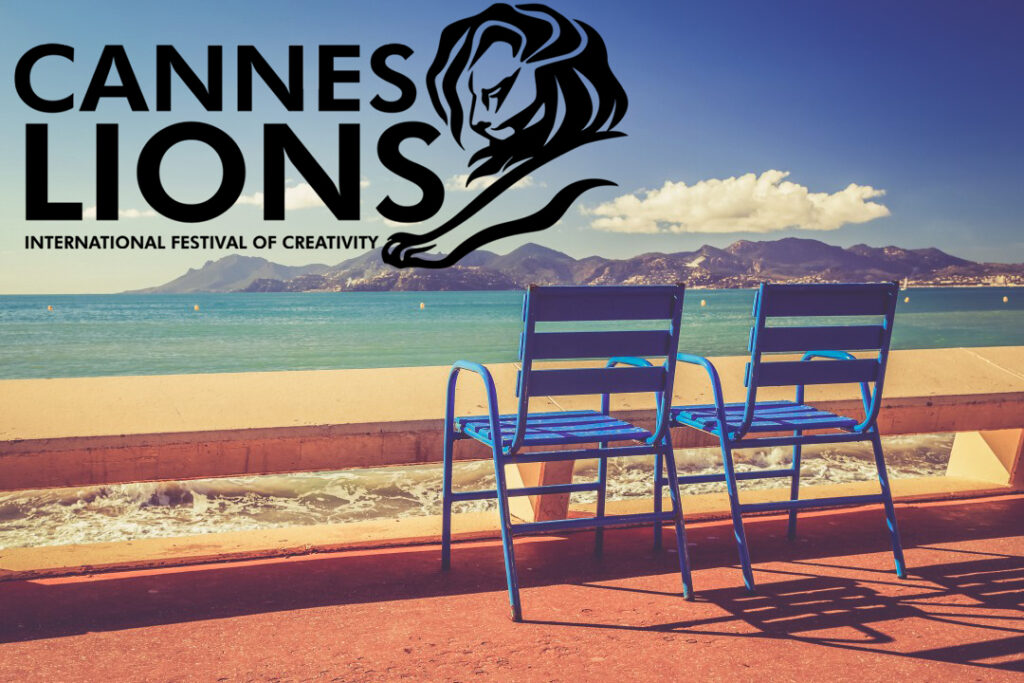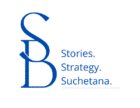
The 72nd Cannes Lions International Festival of Creativity concluded last week, and one might reasonably wonder whether the global advertising industry’s annual pilgrimage to the French Riviera has become rather more festival than creativity1. Still, amidst the predictable pageantry and ritual networking, some genuinely transformative work emerged from the 26,900 submissions that descended upon Cannes like particularly well-branded locusts1.
The Hierarchy of Creative Supremacy
WPP, that venerable holding company behemoth, claimed the Creative Company of the Year crown for the second consecutive year—a feat achieved whilst simultaneously announcing the departure of CEO Mark Read1. One suspects the timing wasn’t entirely coincidental. Their haul of 168 Lions, including 10 Grand Prix, represents the sort of industrial-scale recognition that only comes with having more agencies than most people have streaming subscriptions1.
DDB Worldwide reclaimed the Network of the Year title, presumably causing mild consternation at Ogilvy, last year’s winner1. Such is the cyclical nature of advertising acclaim—rather like fashion weeks, but with more PowerPoint presentations and considerably fewer interesting outfits.
Publicis Conseil managed the rather impressive feat of winning Agency of the Year for the second consecutive year1. For a Parisian agency founded in 1926, this represents the sort of longevity that would make most Silicon Valley startups weep into their kombucha.
The Titanium Triumph: When Insurance Gets Political
The Dan Wieden Titanium Grand Prix—advertising’s equivalent of the Palme d’Or, though thankfully with fewer acceptance speeches about artistic integrity—went to AXA’s “Three Words” campaign1. The concept was bracingly simple: adding “and domestic violence” to home insurance contracts in France, thereby providing victims with emergency relocation services and psychological support1.
The campaign’s success proved that “doing good and doing well aren’t mutually exclusive”—a revelation that should hardly be revolutionary in 2025, yet somehow manages to feel groundbreaking in an industry still discovering that purpose-driven marketing can actually drive profits. One might argue this says more about the industry’s previous moral flexibility than its current enlightenment.
It’s the sort of campaign that simultaneously makes one applaud the creative team and wonder why it took until 2025 for an insurance company to think of this. The campaign moved AXA from second to first in brand consideration, proving that occasionally, doing good and doing well aren’t mutually exclusive1. Revolutionary stuff, really.
India’s Remarkably Unremarkable Triumph
India delivered what trade publications breathlessly described as its “strongest performance in years,” securing 32 Lions total1. FCB India’s “Lucky Yatra” campaign for Indian Railways earned the country’s sole Grand Prix, which is rather like winning best actor at a regional theatre festival—meaningful, certainly, but hardly earth-shattering1.
Havas Creative India achieved their first-ever Gold Lion with “Ink of Democracy,” a campaign that printed an entire editorial page in purple ink to protest voter apathy1. One admires the symbolism, though one might argue that readers of The Times of India presumably don’t require extensive encouragement to engage with democratic processes.
The AI Question: Collaborator or Replacement?
Artificial intelligence emerged as this year’s obligatory theme, with the usual suspects from Meta, Google, and Amazon demonstrating how AI is “reshaping” everything from media buying to customer behaviour analysis1. Havas made headlines by committing €400 million to “AI teammate” development whilst explicitly promising not to cut human jobs—a pledge that carries roughly the same weight as a politician’s campaign promise1.
Industry discussions consistently emphasised AI as a “creative collaborator rather than a replacement for human talent,” with platforms demonstrating how artificial intelligence enhances rather than eliminates human creativity. This perspective challenges the dystopian narratives that have dominated tech discourse, suggesting a more nuanced future where humans and machines work in harmony—though one suspects the reality may prove rather more complicated than the marketing materials suggest.
The rebranding of “Social & Influencer Lions” to “Social & Creator Lions” reflected the industry’s belated recognition that creators might actually be strategic collaborators rather than mere content amplifiers1. Progress, of sorts.
Purpose-Driven Advertising: The New Imperative
Natura’s “The Amazon Greenventory” won the Sustainable Development Goals Grand Prix by using AI and drone technology to map Amazon rainforest without causing deforestation1. It’s the sort of campaign that would have seemed impossibly futuristic a decade ago and now feels almost quaint in its optimism about technology solving environmental problems.
Dove’s “Real Beauty Redefined for the AI Era” managed the considerable feat of winning the Media Grand Prix by partnering with Pinterest to reshape AI-generated beauty content1. That a soap brand continues to lead conversations about self-esteem and inclusive representation twenty years after launching their “Real Beauty” campaign suggests either remarkable consistency or a concerning lack of innovation from competitors.
The festival’s focus on campaigns with measurable social impact reflected what organisers described as the industry’s commitment to work that creates “genuine transformation.” Whether this represents authentic evolution or merely the latest iteration of advertising’s perpetual reinvention remains delightfully unclear—though one suspects the truth lies somewhere between noble intention and commercial expedience.
The Authenticity Paradox
Many of this year’s recognised campaigns focused on what the industry euphemistically calls “authenticity”—presumably as opposed to the calculated artifice that defines most advertising1. GoDaddy’s campaign with Walton Goggins exemplified this trend by helping small businesses understand AI through “relatable, straightforward messaging”1. That an actor known primarily for playing morally complex characters on prestige television represents “relatability” suggests the industry’s understanding of authentic communication remains somewhat elastic.
The festival’s emphasis on “relatable, straightforward messaging” represented a curious inversion of advertising’s traditional relationship with truth. In an era where authenticity has become a marketing buzzword, the industry’s pursuit of genuine communication feels simultaneously admirable and absurd—rather like a politician campaigning on honesty.
The Numbers Game
The festival’s statistics tell their own story: 26,900 submissions from 96 countries, with notable growth in Design Lions (17% increase) and Creative B2B Lions (13% growth)1. The Glass Lion for Change saw a 53% increase in submissions for its tenth anniversary, which either reflects genuine commitment to purpose-driven work or a collective realisation that awards juries rather fancy campaigns with social impact1.
Independent agencies saw an 18% increase in participation, presumably because someone finally convinced them that winning Lions might actually lead to new business rather than merely impressive trophy cases1.
The 53% increase in Glass Lion for Change submissions suggests either a genuine commitment to purpose-driven work or, more cynically, “a collective realisation that awards juries rather fancy campaigns with social impact.” The distinction between authentic purpose and strategic positioning becomes increasingly difficult to discern—perhaps that’s rather the point.
Controversies and Credibility Gaps
The festival wasn’t without its usual quota of controversy. São Paulo-based DM9 faced investigation for allegedly submitting doctored case study videos for their Creative Data Grand Prix-winning campaign1. One might suggest that falsifying results for creativity awards represents a particularly postmodern form of performance art, though the festival organisers appeared less amused by this interpretation.
Industry veterans emphasised the importance of honest reporting in award submissions, which seems rather like asking politicians to be truthful during election campaigns—admirable in principle, challenging in practice1.
As industry veterans noted, “honest reporting in award submissions” remains crucial, warning that “exaggerated claims about campaign impact could undermine the credibility of creative recognition.” This emphasis on truthfulness in an industry built on persuasion carries a delicious irony—advertising asking itself to be more honest about its own dishonesty.
The Verdict
Cannes Lions 2025 demonstrated that the advertising industry continues its eternal dance between technological innovation and human creativity, between commercial imperatives and social responsibility1. The festival’s emphasis on measurable impact, authentic purpose, and technological integration points toward a future where creativity serves both business objectives and societal good—or at least, where it claims to do so convincingly enough to win awards1.
The festival ultimately demonstrated that “creativity serves both business objectives and societal good—or at least, where it claims to do so convincingly enough to win awards.” This qualification captures the essential tension of contemporary advertising: the genuine desire to create meaningful work balanced against the practical necessity of satisfying clients, juries, and quarterly reports.
Whether this represents genuine evolution or merely the industry’s latest attempt to appear relevant in an increasingly sceptical world remains, as always, a matter of perspective. The next festival is scheduled for June 22-26, 2026, providing ample time for the industry to develop new ways of celebrating its own cleverness whilst occasionally, almost accidentally, creating something genuinely transformative1.
